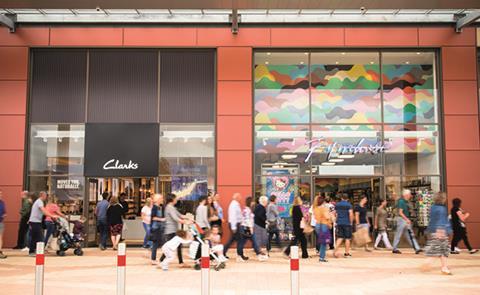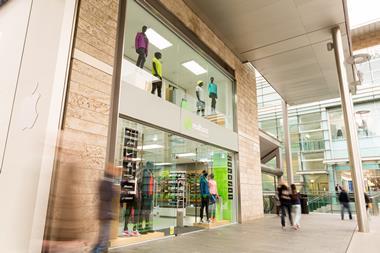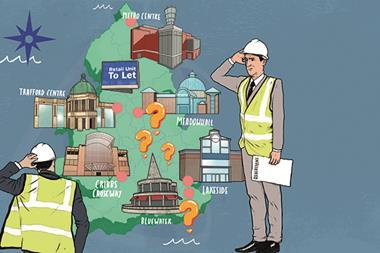Out-of-town retail parks and urban shopping centres may be different propositions but their owners face many of the same issues.

The rapid evolution of tech and consumers’ changing shopping habits are forcing landlords to manage their assets more intensively, gaze into their crystal balls and future-proof. Those who don’t could be in trouble - it’s a case of evolve or die.
For now, the subsector is very much alive, driven by cash-rich, time-poor consumers’ desire for convenience. There have been a spate of big acquisitions signalling investor confidence and new schemes are coming to market. Take Rushden Lakes, for example.
Delivered by LXB and The Crown Estate, the retail destination in Northamptonshire breaks the mould by offering a whole raft of activities including canoeing and golf. As The Crown Estate’s head of regional Hannah Milne points out, retail parks will have to become something more than “a car park with a row of sheds”.

This is borne out by the statistics. The sector remains resilient - research by Trevor Wood Associates shows that vacancy rates continue to fall despite a backdrop of retailer failures - but market pressures and planning issues mean many could be turned into resi-led mixed-use schemes.
And what of super regional shopping centres? They are insulated from much of the turmoil, but we haven’t seen a new one since Bluewater opened in 1999. Research by Savills suggests there is capacity for another five mega-malls but no one seems sure whether even a single one will come to fruition.
Overall, things are looking bright for the out-of-town sector but as with all things retail, there’s no room for complacency. Only the fittest will survive.






























No comments yet